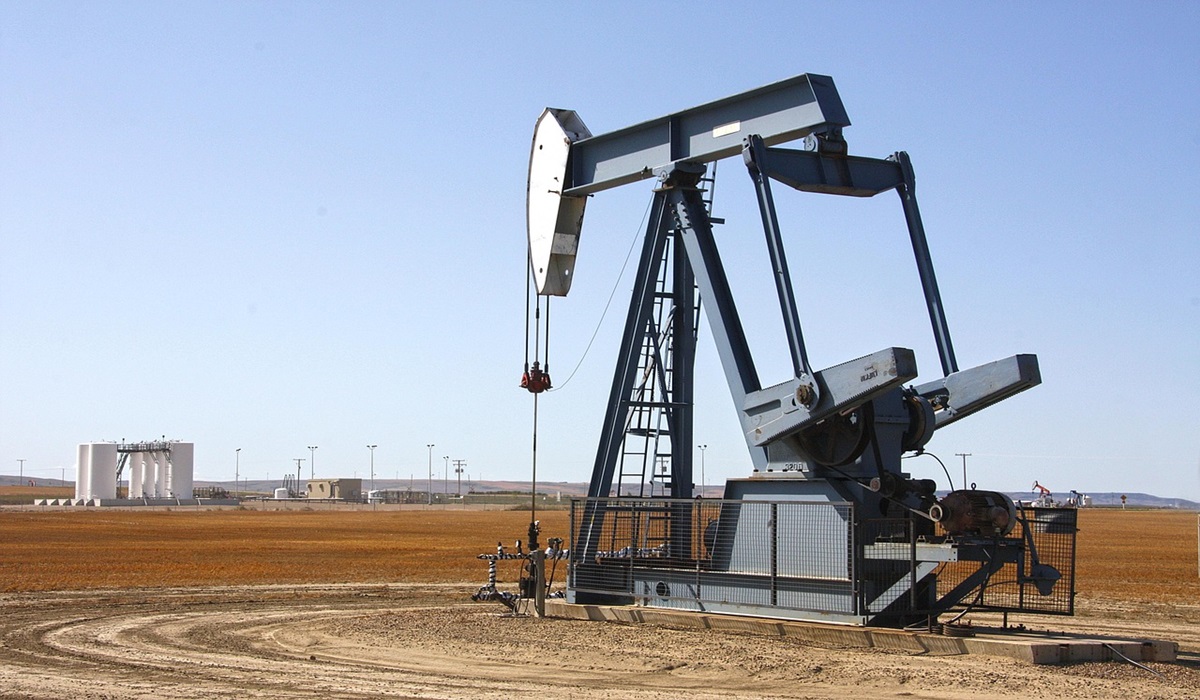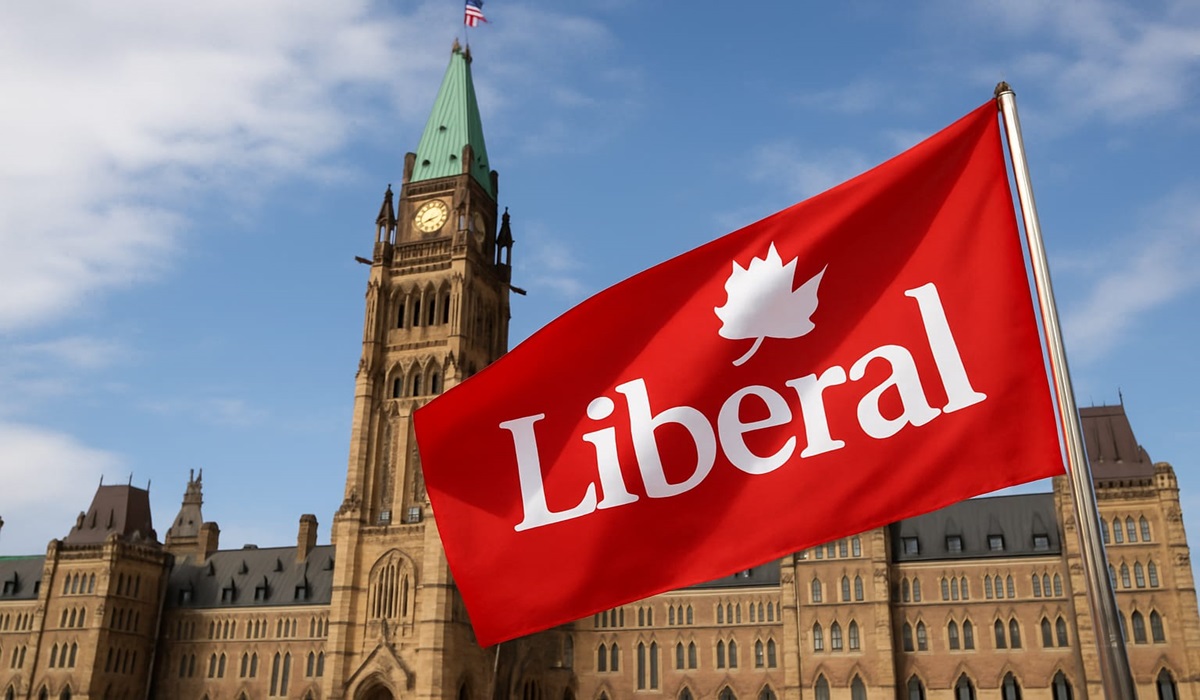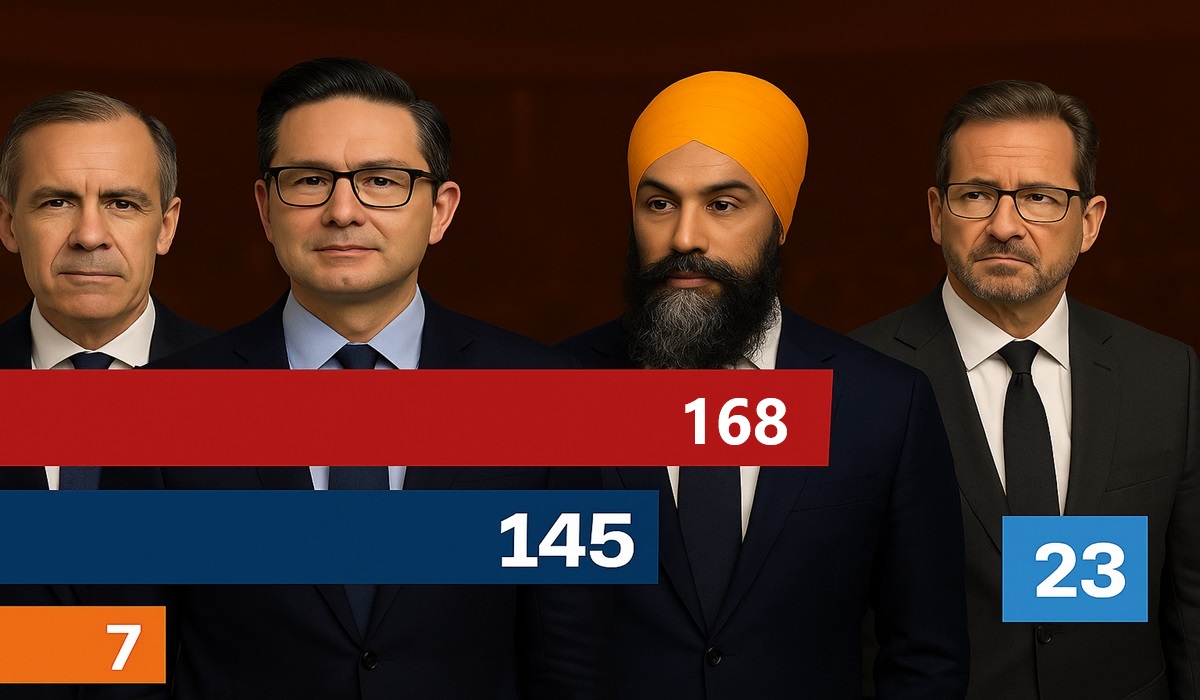Canadian Government Plan In Motion To Cap Oil & Gas Emissions By 2030
- lolaig
- Climate Change
- Breaking News
- July 18, 2022

Canada becomes the latest country to make a significant push to reduce carbon emissions from the oil and gas industry.
Today, the Minister of Environment and Climate Change, Steven Guilbeault, and the Minister of Natural Resources, Jonathan Wilkinson, opened consultations on a key commitment in the plan to fight climate change. A cap on oil and gas emissions will also create more green jobs and strengthen the economy.
In 2020, the oil and gas sector produced 27 percent of Canada’s greenhouse gas emissions, but as the world moves away from fossil fuels to address climate change, that number will likely decrease in the upcoming years. The Government of Canada’s approach to the cap will hold the oil and gas sector accountable for its emissions. It will align with the country’s climate ambitions and commitments outlined in the 2030 Emissions Reduction Plan (ERP).
The 2030 Emission Reduction Plan is an ambitious and achievable roadmap that outlines a path for Canada to reach its emission target of 40 percent below 2005 levels by 2030 and net zero emissions by 2050. The roadmap outlines each sector and how Canada plans on hitting its target. Sectors include Waste, Electricity, Buildings, Heavy Industry, Oil and Gas, Transportation, Land-use, Land use change, and Forestry (LULUCF), Nature-based climate solution (NBCS), and Others.
“Climate change is one of the greatest challenges of our time, but it also presents us with significant opportunities for innovation. The demand for oil and gas in a net-zero economy will be entirely focused on those jurisdictions which can produce oil and gas with increasingly lower and ultimately near-zero production emissions. That’s why we will work closely with the oil and gas industry to lower emissions from Canada’s oil and gas industry at a pace and scale that is compatible with a net-zero world.” The Honourable Jonathan Wilkinson, Minister of Natural Resources
Reducing oil and gas emissions is part of Canada’s plan to reach emission targets and impact the climate. The second part of the plan is to create sustainable economic growth while providing clean, affordable energy.
The discussion paper released today to launch consultations outlines two options to establish the cap.
- A cap-and-trade system under the Canadian Environmental Protection Act that sets regulated limits on emissions from the sector; and/or
- Modifying the carbon pricing benchmark requirements for heavy emitters to create price-driven incentives to reduce emissions to levels corresponding to the cap.
Both approaches aim to lower emissions to reach net zero by 2050 and contribute to Canada’s 2030 emission reduction target. Another goal both approaches have in common is that they both work to support investments in clean technologies to decarbonize the sector and create good, sustainable jobs.
The Government of Canada, alongside the provinces and territories, Indigenous groups, the oil and gas sector, and other stakeholders, will work together in providing for the industry and Canadians while keeping in mind the evolving energy security considerations and maximizing ongoing investments for the sector.
The Government of Canada expects to outline the design of the oil and gas emission cap early next year.








